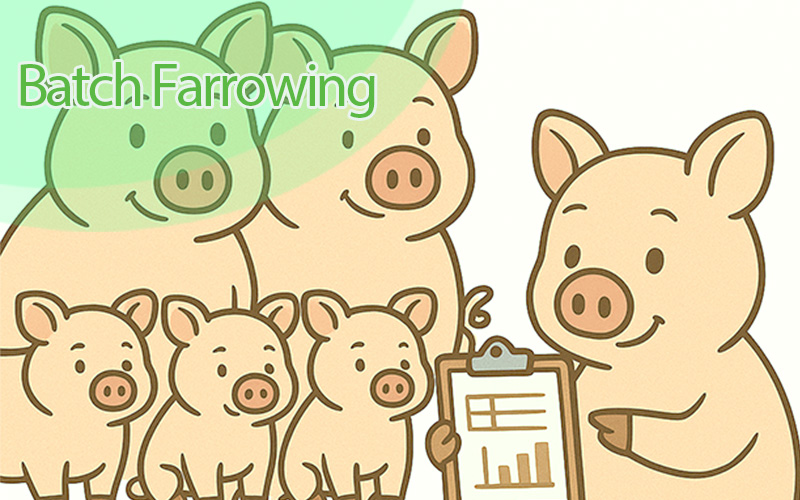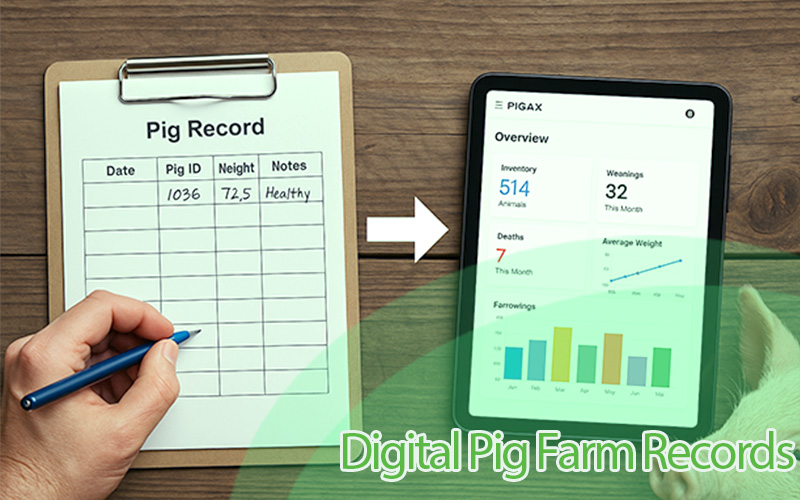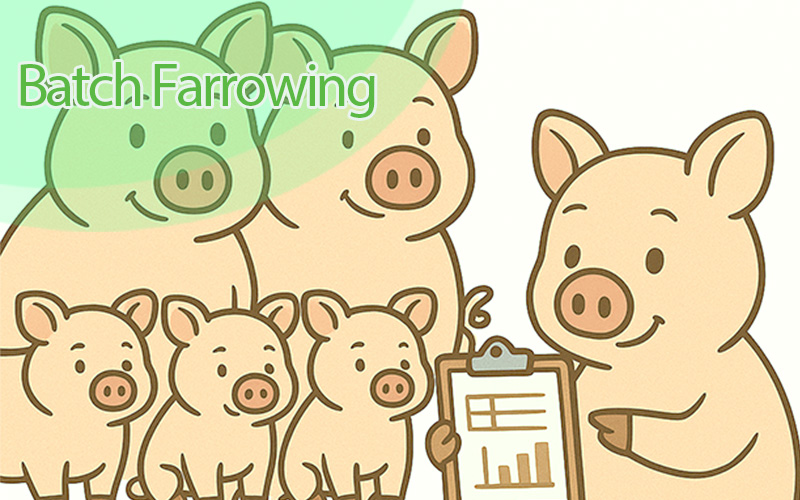How to Choose a Pig Farming Operation for Starters
Pig farming is becoming a go-to option for beginners who want to start their own business in agriculture. With pigs, you can make money from selling meat, breeding stock, and even manure for fertilizers. Despite the prolific nature of the piggery business, most beginner pig farmers fail not because they lack the passion, but because they don’t choose the right type of pig farm. Don’t make the same mistake. Picking the wrong operation can sink your business before it even starts. Here’s how to set yourself up for success from day one.
Before you start buying pigs or building barns, you must understand which pig farming operation fits your skills, budget, and goals.
Understanding Different Types of Pig Farming Operations
There’s more than one way to run a pig farm, and each type requires different skills, time, and resources. The biggest mistake new farmers make is choosing the wrong type of pig operation and getting overwhelmed.
Breeding Operations:
If you love the idea of raising piglets, this is for you. Breeding operations focus on maintaining healthy sows (female pigs) that give birth to piglets. But remember, breeding requires patience, knowledge about genetics, and constant attention to animal health. If you’re not ready for sleepless nights to help deliver piglets, you might want to reconsider.
Farrow-to-Finish Operations:
This type of operation covers everything from breeding to growing pigs until they’re ready to be sold for meat. Farrow-to-finish is an all-in-one model, but it’s the most labor-intensive and costly option. You’ll need a lot of space, feed, and a high tolerance for the hard work involved. It’s not for everyone.
Feeder Pig Operations:
Want something simpler? With feeder pig operations, you raise piglets until they’re old enough to be sold to other farmers for finishing. This option is less demanding than farrow-to-finish, but you’ll still need a good understanding of feeding, health management, and pig behavior.
Finishing Operations:
This is the final stage in pig farming. You buy young pigs (called feeder pigs) and raise them to market weight. If you want quick results, finishing might be for you, but keep in mind that you’ll need to have a solid grasp of feed efficiency and space management to make this profitable.
Factors to Consider When Choosing Your Operation Type
Before you commit to any type of pig farming, think practically about what you can handle. Choosing the wrong operation could mean lost money, wasted time, and a lot of stress.
Space and Infrastructure:
A farrow-to-finish operation will need lots of land and sturdy barns to raise pigs from birth to market weight. If you don’t have enough space, start with a simpler feeder pig or finishing operation.
Investment Costs:
It’s tempting to go all-in, but think about your finances. According to agricultural studies, breeding and farrow-to-finish operations have the highest costs due to housing, feed, and healthcare. Start small, and don’t blow your budget on fancy equipment you might not need yet.
Time and Labor Commitment:
Pig farming isn’t a part-time gig. If you’re not prepared to dedicate most of your day to feeding, cleaning, and managing your pigs, you’ll struggle. A breeding operation demands more constant attention than a finishing farm, where pigs are fed and fattened up before being sold.
Feed and Nutritional Needs:
Pigs are heavy eaters, and feed costs make up 60-70% of total expenses in pig farming. If you’re running a finishing operation, you’ll need to carefully manage feed efficiency to keep costs down. Research pig feed options and talk to local farmers to understand feed pricing in your area.
Choosing the Right Operation Based on Your Goals and Resources
It’s time to get realistic. Not every operation is a good fit for every beginner. Here’s how to match your goals and resources with the right pig farming model.
Goal Setting
Start by writing down exactly what you want from this farm. Are you looking to make quick money? Then finishing or feeder pig operations might work best for you. Want a sustainable family farm with deep roots? Consider farrow-to-finish, where you control every stage of production. Setting clear goals will prevent you from getting sidetracked by unrealistic expectations.
Resource Assessment
Take a hard look at what you already have. Do you own land? Is it big enough for the type of operation you’re considering? What’s your budget? If you’re low on funds, feeder pig or finishing operations are more affordable and less risky.
Local Market Demand
Find out what the market wants. If there’s high demand for breeding stock, a breeding operation could be profitable. But if local buyers prefer finished pigs ready for slaughter, go with finishing. Study your area’s demand to help make the right choice.
Legal and Regulatory Considerations
Farming isn’t just about animals and feed. There are rules to follow, and ignoring them can cost you big time. New farmers often overlook legal regulations and end up with fines or shutdowns.
Permits and Licensing:
You’ll need various permits, especially if you’re dealing with larger numbers of pigs. Look up local agricultural regulations or contact your local extension office to ensure you’re compliant. A small farm might need fewer licenses, while a large-scale farrow-to-finish operation could require several.
Animal Welfare Regulations:
Every pig deserves decent living conditions, and animal welfare laws demand it. Know what’s expected in terms of space, ventilation, and access to water. Violating these laws can lead to fines or worse.
Environmental Considerations:
Pigs produce a lot of waste. You’ll need a plan to manage manure to prevent pollution and meet environmental standards. If you’re in a rural area with plenty of land, waste management is easier. But for urban farms, handling waste can be more complex and regulated.
Tips for Beginners in Selecting the Right Operation
Starting your pig farm doesn’t have to be a big risk if you play it smart. Follow these tips to get started on the right foot.
Start Small:
Don’t try to become a pig-farming mogul overnight. Start with a handful of pigs and learn as you go. It’s better to build slowly than to end up overwhelmed and burned out. This way, you’ll make mistakes on a small scale and learn before expanding.
Seek Mentorship:
Find someone who’s been in the business for a while. An experienced pig farmer can teach you tricks of the trade, help you avoid rookie mistakes, and give you advice you won’t find in any book. Many agricultural extension offices or local farming associations offer mentorship programs for beginners.
Education and Training:
Learn the basics of pig health, feeding, and housing. This isn’t something you can wing. There are tons of resources online, from YouTube tutorials to free agricultural courses. Commit to learning as much as you can.
Conclusion
Choosing the right type of pig farming operation is the foundation of a successful pig farming business. Don’t just dive in and hope for the best. Take your time, understand the options, and weigh your resources and goals. With the right planning and preparation, you can start small, learn the ropes, and build a pig farming business that thrives. Remember, success isn’t about starting big—it’s about starting right.




